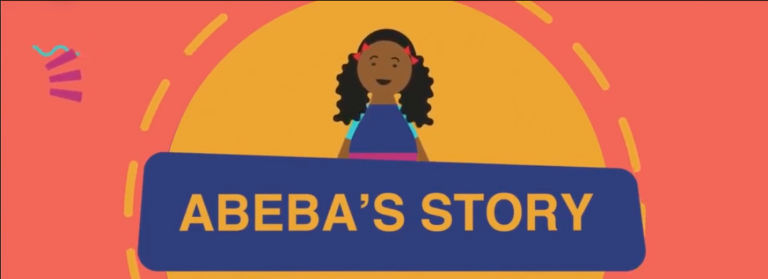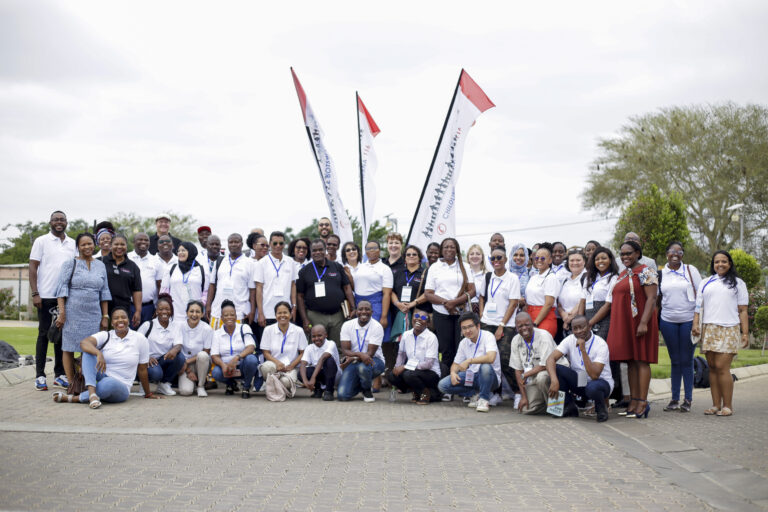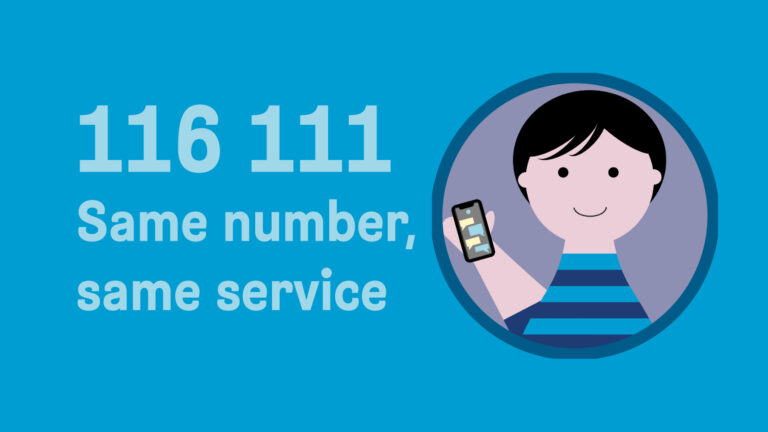
Child helplines have a unique insight into the gap between policy and reality, making them a key actor
in advocating for children’s rights. They support millions of children every year. They respond to issues ranging from serious children’s rights violations, to children who just want someone to chat to on the way home from school. What brings child helplines together is the provision of an easily accessible, confidential system that allows children themselves to tell a counsellor what is going on in their lives. Child helplines also have an insight into the direct experiences of children and young people on a larger scale than any other organisations. Therefore, the value of child helplines’ data on contacts cannot be overstated in informing and guiding policy, learning and practice.
In order to understand the issues faced by the children and young people who get in touch with child helplines, we survey our members around the world every year to gather information about the contacts they receive.
In 2021, our network of child helplines received 13,835,892 contacts across 83 countries. To better understand these contacts, we categorise them in several different ways. We differentiate between contacts for which a child helpline was able to provide assistance to the caller (counselling contacts) and contacts for which the child helpline did not provide assistance to the caller because of the nature of the contact (non-counselling contacts). Non-counselling contacts include inter alia silent calls, abusive calls, test calls, requests for information and calls that were missed or unanswered for one reason or another.
Specifically, our child helpline members responded to 2,925,242 counselling contacts in 2021. This represents 21.1% of all contacts and is the number of times a child helpline was able to provide support, advice or another form of counselling to a child or young person, often offering some form of follow-up.
In our latest data publication in the “Voices of Children & Young People” series, we focus on the key data from each of the five regions in which we have structured our network, and we showcase case stories recorded by our child helpline members in each region, representing the voices of the children and young people who have been contacting them.
Mental health (28.9%) and violence (23.1%) were the two main reasons for contact reported by the child helplines globally. Over half of all contacts worldwide were related to one of these two topics. A third main reason why children and young people contacted child helplines in 2021, accounting for 11.3% of contacts globally, was to discuss concerns about family relationships.
In this report, we also take a look at these three main reasons for contact, looking at the specific sub-categories under each broad reason. The data clearly shows that it is physical violence, in particular, that is an important concern everywhere around the globe. For family relationships, the data also clearly shows that relationships with caregivers are a principle concern for many children and young people making contact about this issue.
Suicidal thoughts and suicide attempts were a major reason for contacts relating to mental health, showing that child helplines can be literal lifelines for children and young people experiencing suicidal tendencies, as they provide immediate support, often around the clock.
As well as featuring a special commentary on the links between violence and mental health by the Special Representative of the UN Secretary-General on Violence Against Children, Dr. Najat Maalla M’jid, this publication also takes us on a “deep dive into data”, reporting in detail on the information collected from our child helpline members around the world.
Key takeaways from the global child helpline data from 2021, together with our key recommendations, are available in English, French and Spanish. Please click on the relevant button below to download these standalone documents.

Abeba’s Story
Case Management at Child Helplines filling gaps in National Child Protection Systems

The Gaborone Declaration
on the Role of Child Helplines in the Protection of Children in Africa

116 111: Same number, same service
The Harmonized Number for Child Helplines in Europe: Gaps and Opportunities